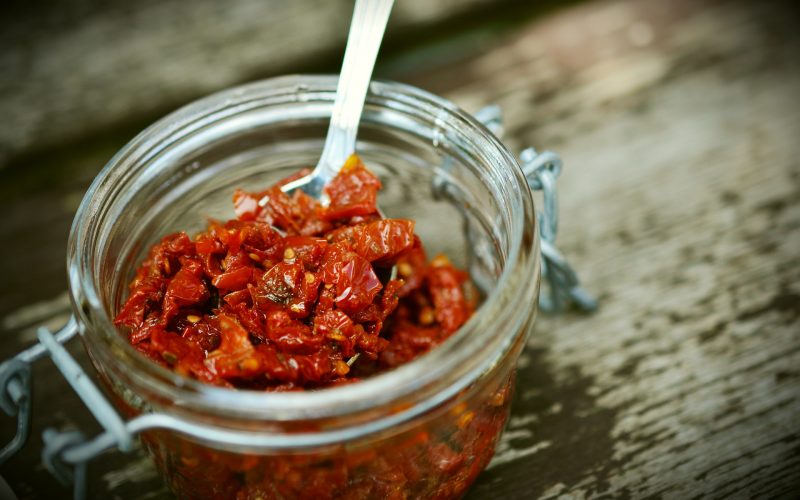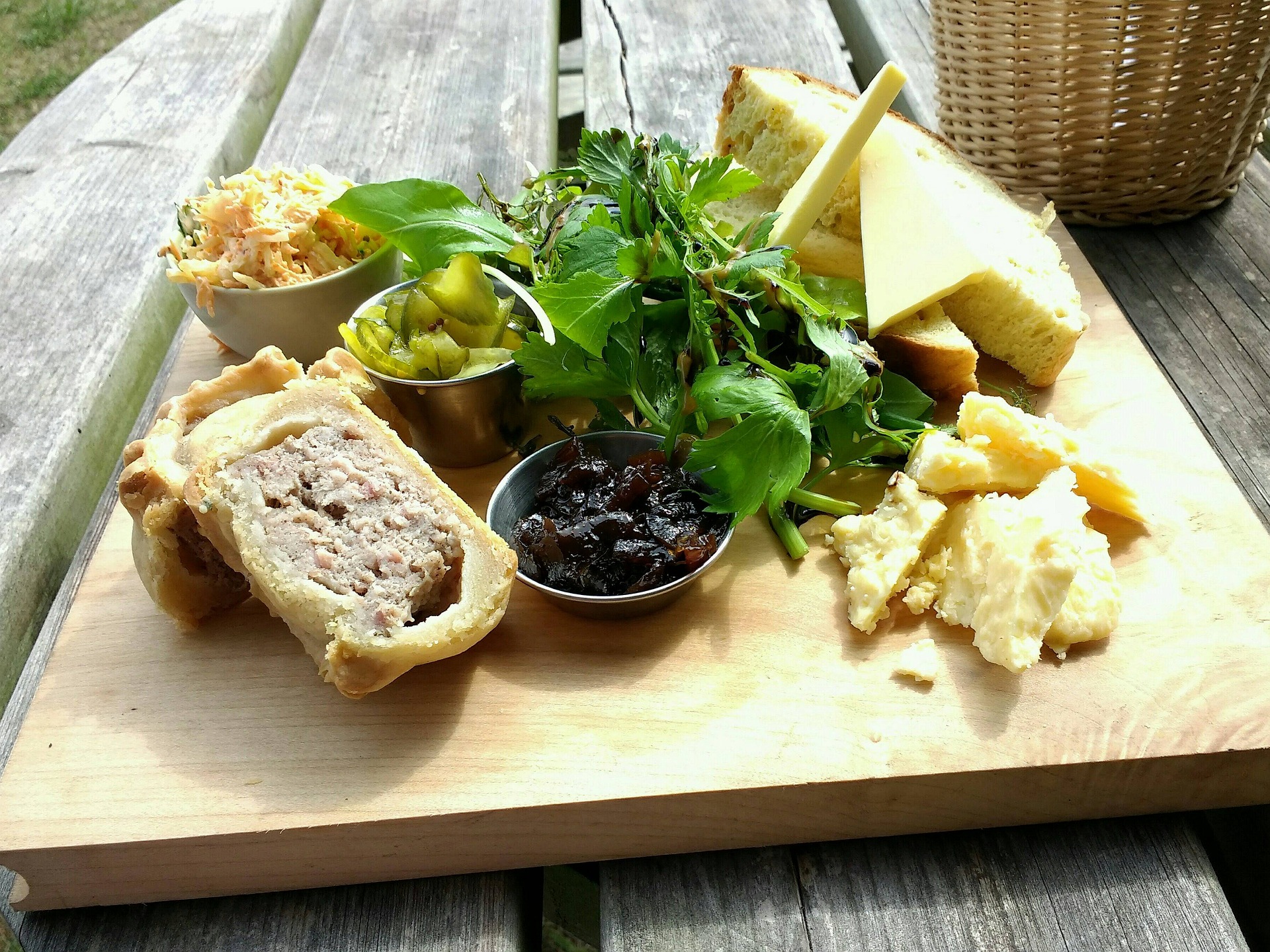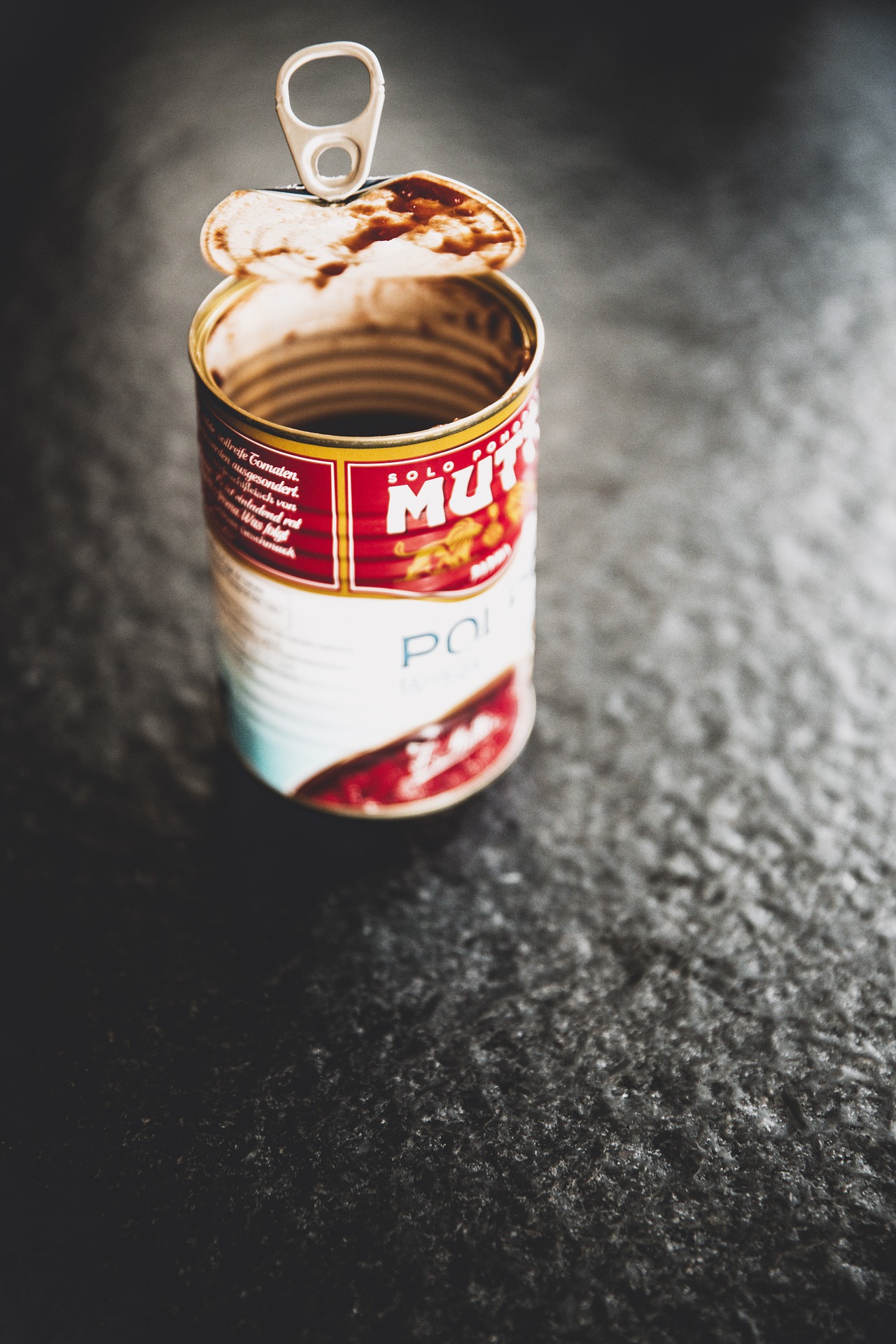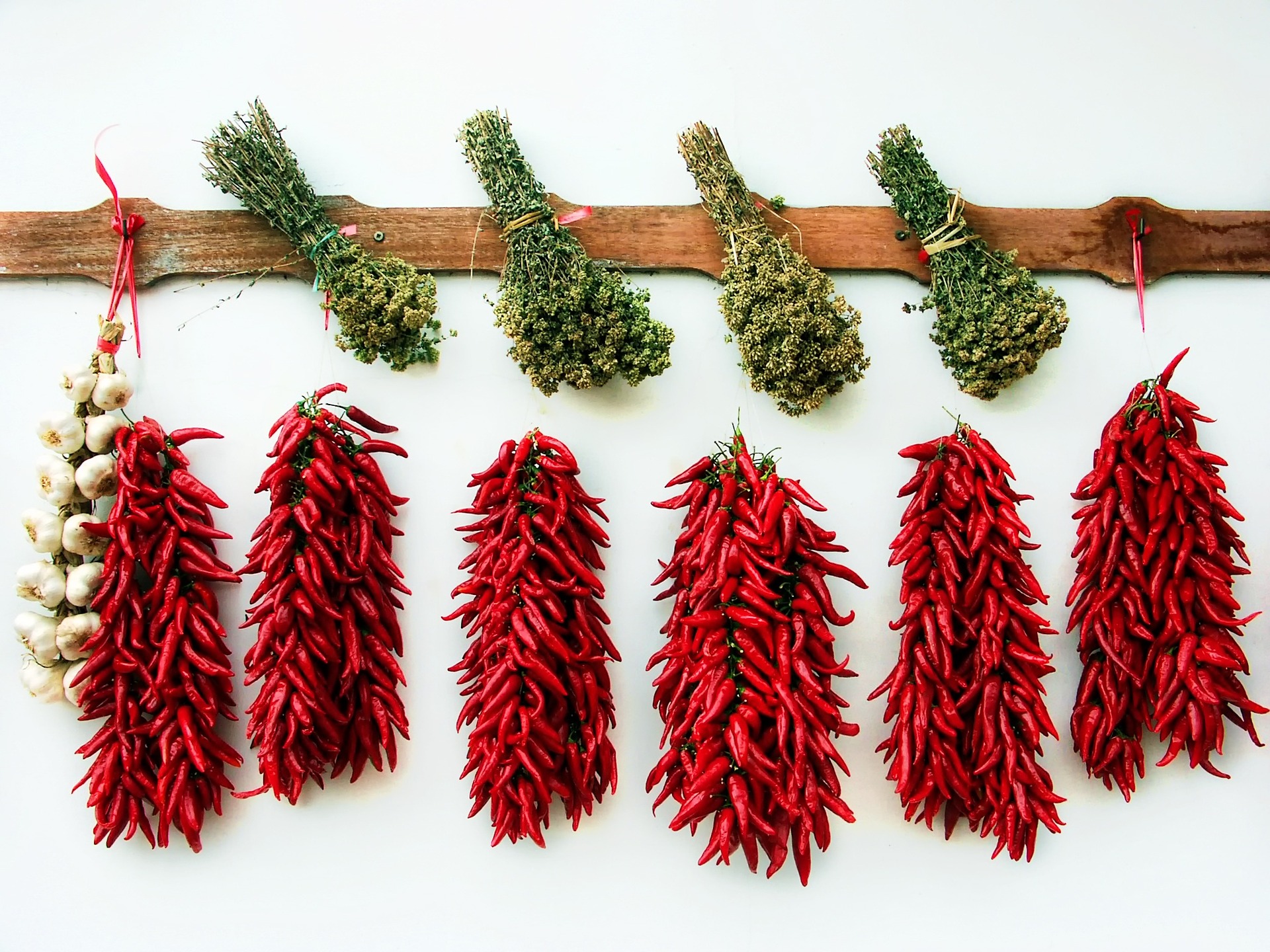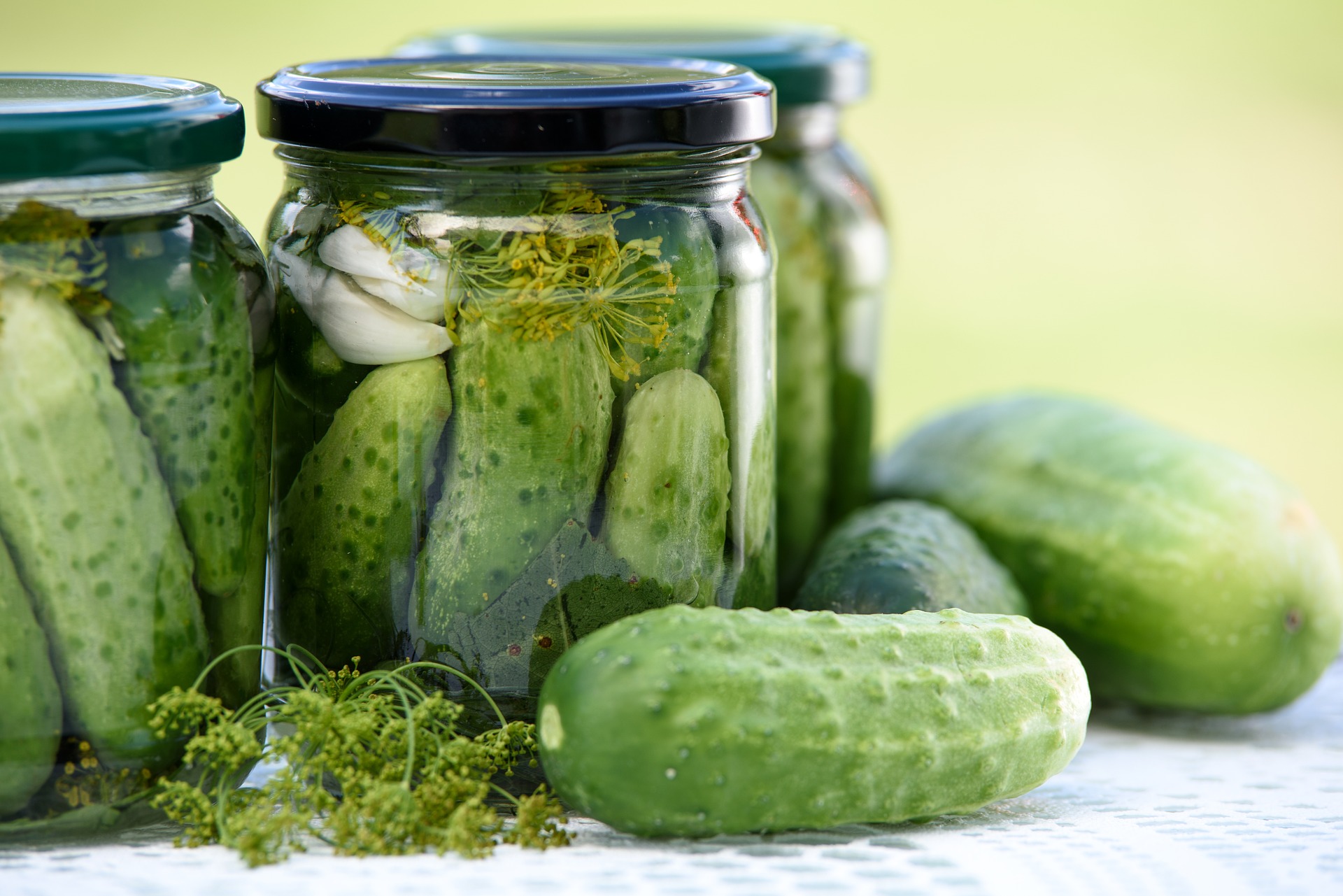If there is one food preservation method I’m not very familiar with, it’s food sealing. Reading about it made me want to try it even less. Food sealing, however, needs to be mentioned because there is a good chance you will have come across it in the form of a vegetable covered in oil.
Let me elaborate a bit. There are three main (safe) methods for sealing food: fat, oil, and vacuum seals. The goal is to keep oxygen out of food and thus ‘suffocate’ bacteria. Bacteria (good and bad) cannot grow without oxygen and thus food cannot spoil. There are methods such as paraffin sealing, wax sealing, and burying that are classified as food sealing methods but they don’t actually prohibit bacterial growth. So, sealing food means to prohibit bacterial growth and thus preserve food.
Fat-sealing food
To me, fat sealing food sounds and looks repulsive. This method, however, is one of those used for centuries and holds some great insights into food preservation in general.
The basic procedure is to cook salted and dried food (mostly meat) in fat and storing it in its cooled and congealed fat. The fat is animal fat which forms a clear yellow to creamy white cover over the food.
The first basic principle of fat-sealing is that food is free of moisture before it enters the fat. Therefore, drying is essential. Drying may be done by air drying or salt drying. Either way, the end result must be a completely dried food.
The second principle is that the fat needs to be pure. Any impurities in the fat can cause bacterial growth, even of C. botulinum. They can also simply cause spoilage.
The third principle is that all existing bacteria, yeasts, and moulds need to be killed BEFORE the food in sealed in fat. This may be done by fully cooking the food and by sterilising any storage containers.
For food preservation in general, these principles are important to keep in mind.
However, I’m very unlikely to try fat-sealing anytime soon.
Preserving in oil
A much more appealing although a less lasting method is oil preservation.
Here, the principles from above apply but without the need to turn to animal fat. Olive oil is used most often. It’s important to keep in mind that the oil itself does not add any preservative properties to the food.
Foods preserved in oil have a short shelf life and should ideally be stored in the fridge.
Oil preservation is difficult to do safely at home because foods need to be absolutely dry to store safely. Another method to prevent bacterial growth is to introduce acid. Acidified vegetables can last longer in oil.
Vacuum sealing
Vacuum packaging is an entirely different form of sealing food. It requires special equipment and therefore comes with a price tag. Furthermore, vacuum seals do not mean that food is safe from spoilage.
The idea behind vacuum seals, like the fat and oil seals above, is that oxygen is prohibited from entering food and aiding bacterial growth.
However, given the fact that food intended for vacuum sealing is usually not prepared for it, bacterial growth can still occur. Without another preserving process like drying or pasteurising, food in vacuum seals is likely to spoil.
The only piece of advice at this point is to handle vacuum sealed foods like fresh foods. Store in a cool and dark place (like a fridge) and use quickly.
Only deep freezing vacuum sealed foods can extend the life span of foods considerably.
What is your experience with sealing food as a preservation method?
